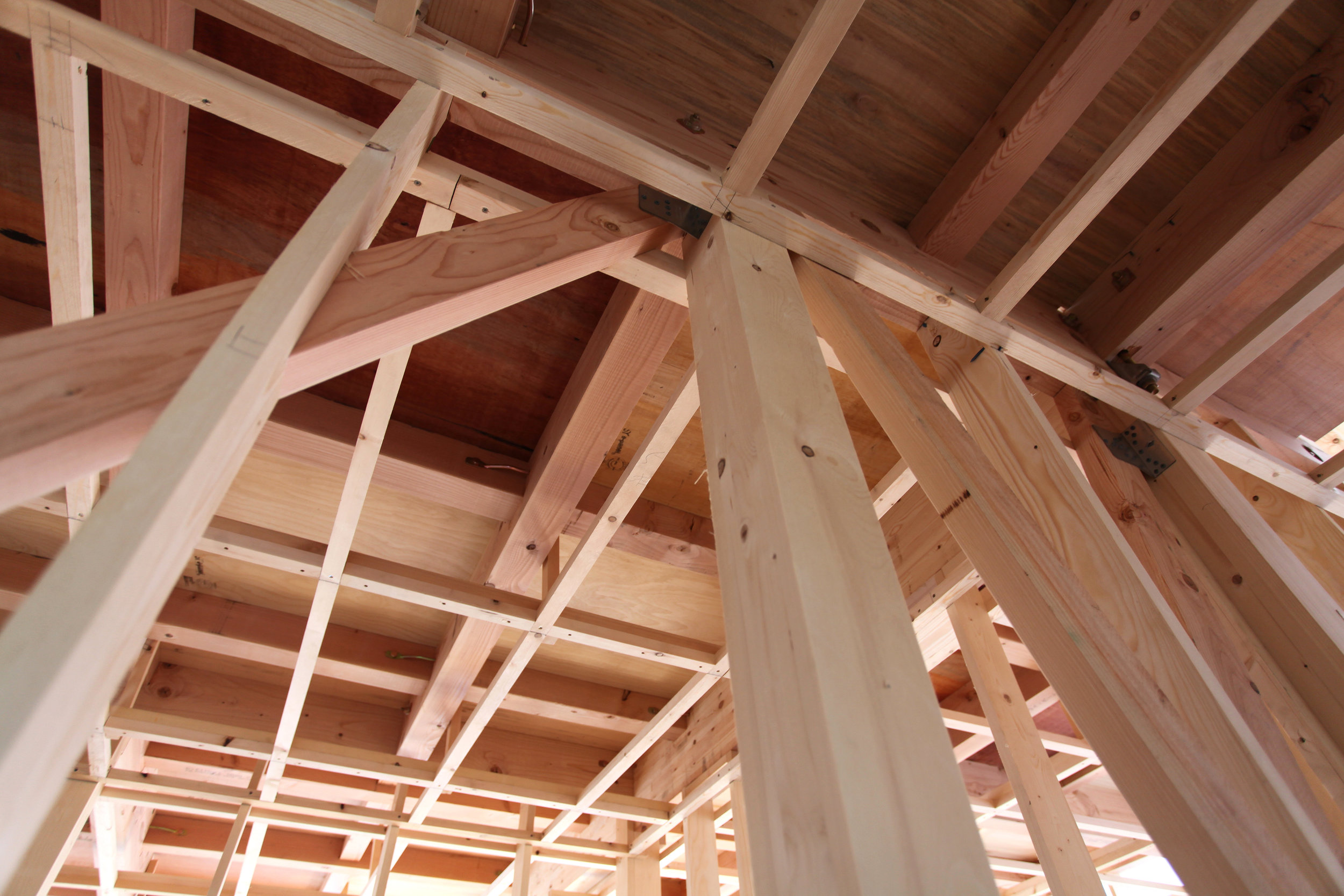
COLUMNS
CLASSIC ORDER
A classic order is one of the ancient styles of classical architecture, each distinguished by its proportions and characteristic profiles and details. Most readily recognizable by the type of column employed. From the sixteenth century onwards, architectural theorists recognized five orders.
GREEK ORDER
Doric Order originated on the mainland and western Greece. It is the simplest of the orders, characterized by short, faceted, heavy columns with plain, round capitals (tops) and no base. With a height that is only four to eight times its diameter, the columns are the most squat of all orders. The shaft of the Doric order is channeled with 20 flutes. The capital consists of a necking which is of a simple form. The echinus is convex and the abacus is square.
Ionic Order came from eastern Greece, where its origins are entwined with the similar but little known Aeolian order. It is distinguished by slender, fluted pillars with a large base and two opposed volutes (also called scrolls) in the echinus of the capital. The echinus itself is decorated with an egg-and-dart motif. The Ionic shaft comes with four more flutes than the Doric counterpart (totaling 24). The Ionic base has two convex moldings called tori which are separated by a scotia. The Ionic order is also marked by an entasis, a curved tapering in the column shaft. A column of the ionic order is nine or lower diameters. The shaft itself is eight diameters high. The architrave of the entablature commonly consists of three stepped bands (fasciae). The frieze comes without the Doric triglyph and metope. The frieze sometimes comes with a continuous ornament such as carved figures.
Corinthian Order is the most ornate of the Greek orders, characterized by a slender fluted column having an ornate capital decorated with two rows of acanthus leaves and four scrolls. It is commonly regarded as the most elegant of the three orders. The shaft of the Corinthian order has 24 flutes. The column is commonly ten diameters high. Designed by Callimachus, a Greek sculptor of the 5th century BC. The oldest known building to be built according to the Corinthian order is the monument of Lysicrates in Athens. It was built in 335 to 334 BC. The Corinthian order was raised to rank by the writings of the Roman writer Vitruvius in the 1st century BC.
ROMAN ORDER
Tuscan Order has a very plain design, with a plain shaft, and a simple capital, base, and frieze. It is a simplified adaptation of the Doric order by the Romans. The Tuscan order is characterized by an unfluted shaft and a capital that only consist of an echinus and an abacus. In proportions it is similar to the Doric order, but overall it is significantly plainer. The column is normally seven diameters high. Compared to the other orders, the Tuscan order looks the most solid.
Composite Order is a mixed order, combining the volutes of the Ionic with the leaves of the Corinthian order. Until the Renaissance it was not ranked as a separate order. Instead it was considered as a late Roman form of the Corinthian order. The column of the Composite order is ten diameters high.